Transcription of f e d e r a l f u n d s r a t e , b u t s i m i l a r l y ...
1 Declining Required Reserves and the Volatility of the Federal Funds Rate James A. Clouse Federal Reserve Board Douglas W. Elmendorf Federal Reserve Board June 1997. We thank David Lindsey, Brian Madigan, and William Whitesell for helpful comments. The views expressed in this paper are our own and not necessarily those of the Federal Reserve Board or other members of its staff. Abstract Low required reserve balances in 1991 led to a sharp increase in the volatility of the federal funds rate, but similarly low balances in 1996 did not. This paper develops and simulates a microeconomic model of the funds market that explains these facts. We show that reductions in reserve balances increase the volatility of the federal funds rate, but that this relationship changes over time in response to observable changes in bank behavior.
2 The model predicts that a continued decline in required reserves could increase funds-rate volatility significantly. 1. Introduction In late 1990, the Federal Reserve reduced reserve requirements on nonpersonal time deposits and Eurocurrency liabilities from three percent to zero. Banks can satisfy reserve requirements by holding vault cash and balances at the Federal Reserve. Because the cut in requirements had little effect on banks' desired vault cash, it had a large effect on required 1. reserve balances, as seen in Figure 1. Accompanying this decline in reserve balances was a dramatic increase in the volatility of the interest rate that banks pay each other to borrow reserve balances, namely the federal funds rate.
3 Figure 2 shows that the standard deviation of the daily difference between the actual funds rate and the Federal Open Market Committee's intended rate surged to about 80 basis points in early 1991, or nearly four times the level that prevailed prior to the cut in reserve requirements. Later that year, required reserve balances were boosted by rapid growth of transactions deposits and other factors, and funds-rate volatility subsided. Since early 1994, however, required reserve balances have fallen significantly, reaching their 1991. trough in early 1996. This decline can be attributed primarily to the emergence of so-called "retail sweep programs," in which banks shift deposits from reservable accounts (like NOW.)
4 Accounts) to non-reservable ones (like money market deposit accounts) without impairing 2. depositors' access to the funds. Yet, despite the large drop in required balances, Figure 2 shows that funds-rate volatility increased only slightly, and remained well below its level of early 1991. Why was the low level of required reserve balances in 1991 accompanied by a sharp 1. We discuss the "required clearing balances" also shown in Figure 1 later in the paper. 2. See Federal Reserve Board (1996b) for further discussion of sweep accounts. Required reserve balances have also declined because of an increase in banks' desired vault cash. increase in the volatility of the federal funds rate, while the recent low levels of required balances have not been?
5 Would further declines in required reserve balances eventually lead to much greater funds-rate volatility? In this paper, we develop and simulate a model of the funds market that addresses these questions. We estimate individual banks' demands for reserve balances and sum these demands across a large number of banks to arrive at an aggregate demand curve. We use this specification of demand to simulate the behavior of the federal funds rate in response to declining required reserves. Our analysis shows that reductions in required reserve balances do increase the volatility of the federal funds rate, but that this relationship is quite nonlinear and changes over time in response to observable changes in bank behavior.
6 Based on our parameter estimates, the simulated model can explain both the very high volatility of early 1991 and the more normal volatility of 1996. The model also predicts that continued declines in required reserves could increase funds-rate volatility significantly. This result naturally raises another question, which is how the volatility of the federal funds rate matters. Would an increase in funds-rate volatility be only a technical reserve management concern for the Federal Reserve, or would it have broader financial market or macroeconomic implications? A complete answer to this question is beyond the scope of the present paper. We suspect that increased funds-rate volatility would have fairly small effects 3.
7 Beyond the reserves market itself, but this outcome is by no means certain. Deviations of the 3. See Sellon and Weiner (1996) for discussion of recent declines in required reserves in a number of countries, and some implications for monetary policy. Some financial-market participants in the United States do appear to be concerned about a possible rise in funds-rate volatility. For example, see the discussions of low reserve balances and funds-rate volatility in Wrightson Associates (1996a, 1996b, 1997). 2. funds rate from the intended rate would be larger, but the deviations should show little, if any, serial correlation across days. As a result, volatility of the maintenance-period average federal funds rate should rise a little but remain fairly low, and the volatility of longer-term rates should be even less affected.
8 Nevertheless, an increase even in daily volatility would complicate banks'. attempts to manage their reserve balances. It is also possible that greater volatility of the funds rate might have other adverse effects on financial markets. If this situation arose, the Federal Reserve might need to consider alternative procedures for implementing policy that would limit funds-rate volatility. The remainder of this paper is organized as follows. The second section presents a simple model of bank demand for reserve balances, and shows why the level of required balances affects the volatility of the funds rate. The third section describes our procedure for estimating and simulating the model. The fourth section presents the simulation results, and the fifth section concludes.
9 2. The Demand for Reserve Balances Our model views the federal funds rate as determined by the market for account balances at the Federal Reserve. The Fed controls the funds rate by predicting banks' demand for these balances and varying the supply accordingly. But there is unpredictable variation in demand as 4. well as shocks to supply, so the Fed's control is imperfect. As a result, the actual federal funds 4. See Meulendyke (1989) and Feinman (1993) for detailed accounts of the Fed's daily operating procedures. 3. rate does not precisely equal the Fed's target rate on most days. Moreover, there can be substantial variation in the funds rate over the course of a day, and this intraday volatility jumped dramatically in early 1991 when interday volatility increased.
10 Analyzing intraday volatility is beyond the scope of this paper, however, and we assume throughout that there is a single daily 5. market for reserve balances. The corresponding federal funds rate is the "effective" rate, which is the volume-weighted mean of all trades reported by brokers to the Federal Reserve Bank of New York. The purpose of this paper is to examine the connection between the level of required reserves and the interday volatility of the effective federal funds rate. We begin in this section by examining and modelling banks' demands for reserve balances. Why Do Banks Hold Reserve Balances? One reason that banks hold account balances at the Federal Reserve is to meet reserve requirements.
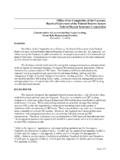


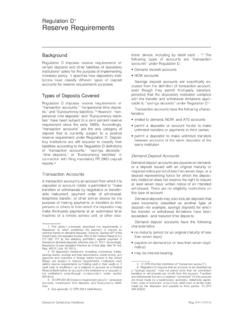

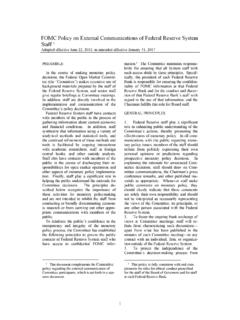
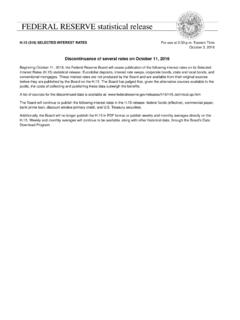
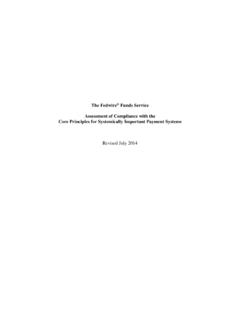
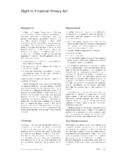
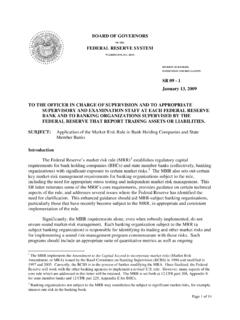
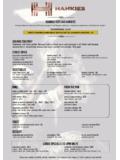
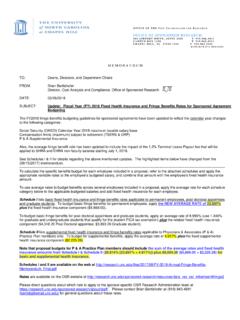
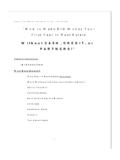





![e 5 ` ] ` M 4 e V q ` L ] d @ = e H g < M d M r ^ T](/cache/preview/7/0/5/c/0/d/1/d/thumb-705c0d1da3778499ec6182c2f7bf64a5.jpg)
